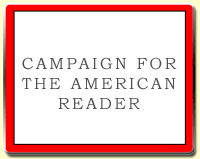For the Wall Street Journal, he named a five best list of books about Hollywood.
One title on his list:

Between FlopsRead more about Stillman's five essential books about Hollywood.
by James Curtis
Harcourt, 1982
Film directors are generally duds as biographical subjects, but the great exception is Preston Sturges. As James Curtis relates in "Between Flops," Sturges was a wastrel of an inventor and man about many towns when he wrote his first play out of pique at an actress girlfriend. His second play, "Strictly Dishonorable" (his reply to a young woman who questioned his intentions), became a major Broadway hit of the 1920s. Later, as a screenwriter at Paramount, he found a sympathetic studio executive in William LeBaron. Sturges offered to sell the studio his script for "The Great McGinty" for a dollar -- he was then getting upwards of $30,000 -- if they would allow him to direct it. The result was one of the great winning streaks in film comedy, including such classics as "The Lady Eve" and "The Miracle of Morgan's Creek." But LeBaron was followed as production head by songwriter-producer B.G. "Buddy" DeSylva -- "a small, abrasive Italian with a production sense limited primarily to musicals," Curtis writes -- who proceeded to drive out the studio's most valuable asset.
--Marshal Zeringue





















